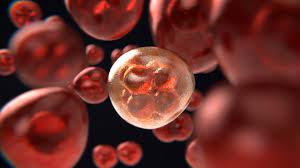Highlights
- •A reverse genetics approach determines genes required for normal cell division
- •Normal cell division requires genes of known and unknown function
- •JCVI-syn3A offers a genomically minimal model for bacterial physiology
Summary
Genomically minimal cells, such as JCVI-syn3.0, offer a platform to clarify genes underlying core physiological processes. Although this minimal cell includes genes essential for population growth, the physiology of its single cells remained uncharacterized. To investigate striking morphological variation in JCVI-syn3.0 cells, we present an approach to characterize cell propagation and determine genes affecting cell morphology. Microfluidic chemostats allowed observation of intrinsic cell dynamics that result in irregular morphologies. A genome with 19 genes not retained in JCVI-syn3.0 generated JCVI-syn3A, which presents morphology similar to that of JCVI-syn1.0. We further identified seven of these 19 genes, including two known cell division genes, ftsZ and sepF, a hydrolase of unknown substrate, and four genes that encode membrane-associated proteins of unknown function, which are required together to restore a phenotype similar to that of JCVI-syn1.0. This result emphasizes the polygenic nature of cell division and morphology in a genomically minimal cell.







